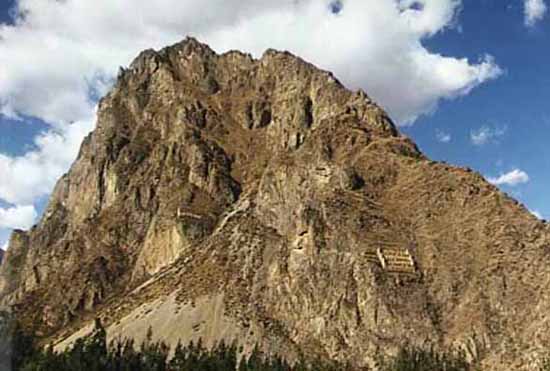
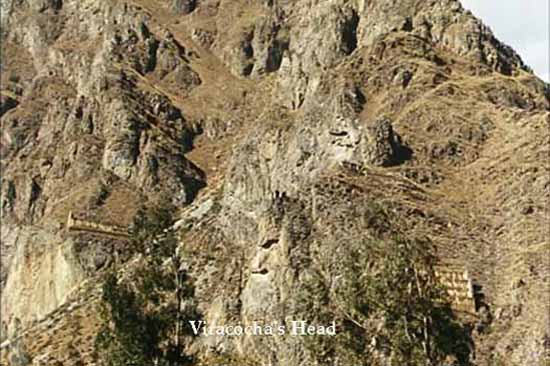
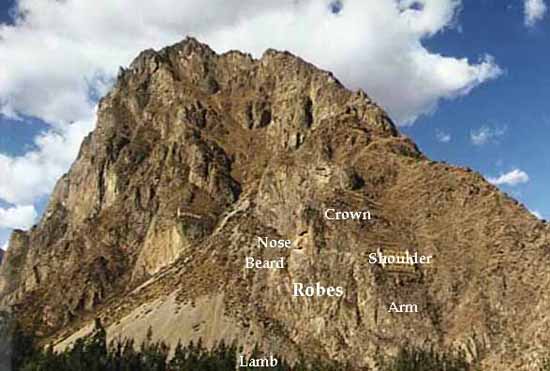
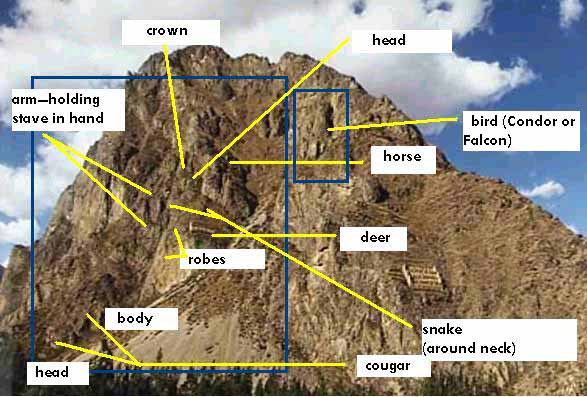
For many years, Z, my spirit guide, and I would go off alone on adventures in the mountains of upstate NY. One day, as we walked in a forest by the stream, he told me that I was connected to a place called Apu.
"What's Apu?" I asked. "Did you mean Apple as in 'Apple of Knowledge' ... which doesn't fall from the tree?"
"It's more like your Tree of Life," he replied. "One day you will know this place as its name links to yours and is part of you."
As there was no internet in those days, search 'Apu' I stored the word in the back of my mind, as we all do with expressions we do not understand, knowing later it would makes sense along with expressions that resonated over and over.
Enter the Age of Technology. Upon searching for 'Apu', I discovered that the Incas of Peru had a god named Apu Inti also known as Viracocha.
In Inca mythology, Apu Qun Tiqsi Wiraqutra, commonly known today as Con-Tici Viracocha or simply Viracocha, was the creator of civilization, and one of the most important deities in the Inca canon. In one legend he had one son, Inti and two daughters, Mama Quilla and Pachamama. In this legend, he destroyed the people around Lake Titicaca with a Great Flood called Unu Pachakuti, saving two to bring civilization to the rest of the world, these two beings are Manco Capac, the son of Inti (sometimes taken as the son of Viracocha), whose name means "splendid foundation", and Mama Ocllo, which means "mother fertility". These 2 founded the Inca civilation carrying a golden staff, called tapac-yauri. In another legend, he fathered the first eight humans. In some legends, he has a wife called Mama Cocha.
For the meaning of Tiqsi Huiracocha, tiqsi means foundation or base in Quechua, huira means fat (which the Inca knew as a source of energy). Cocha means lake, sea, or reservoir. His many epithets include great, all knowing, powerful, etc. Huiracocha was also the name of the Inca, father of Pachacutec. Con-Tici Viracochais is identifiable with the Polynesian sun god of creation. The Kon-Tiki took its name from this translation.
Graham Hancock, an anthropologist who is considered a contemporary by most historians, speculates that Viracocha was in some way related to Quetzalcoatl, a deity of the Mexica (Aztecs). While the mythology of the two deities is quite similar, many respected Aztec historians, archeologists, anthropologists, and other Aztec experts do not agree, mostly due to a lack of orthodox historical evidence. Gods With Water Buckets
Across from the ruins of Ollantaytambo in the Urubamba Valley stands a sacred mountain believed to have the profile of Viracocha, the Inca sun god, carved into the stone.




When the sun strikes this profile of Viracocha during the winter solstice, the mineral content of the mountain reflects and refracts the rays. The Inca believed that this was a sign verifying the deity of Viracocha. The solstices were sacred days for the Inca since so much of their culture was based on planting seasons.
The buildings to the right and to the left were constructed by the Inca to store corn as food for winters and as offerings to Viracocha.
Synchronicity or soul attraction brought me to an article from Labrinthia.com linked to alchemy and sacred geometry.
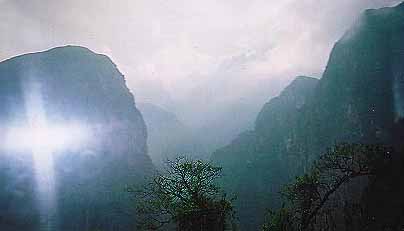
This photo is from a place called 'Apu Putucusi, "Apu" is a Quechua term meaning "Spirit of the Mountain," Putucusi is located adjacent to the sacred sanctuary of Machu Picchu the enigmatic lost city of the Incas. Local legends recall Apu Putucusi as the access point for the higher frequency crystal city of light, the Andean equivalent of Shambhala.